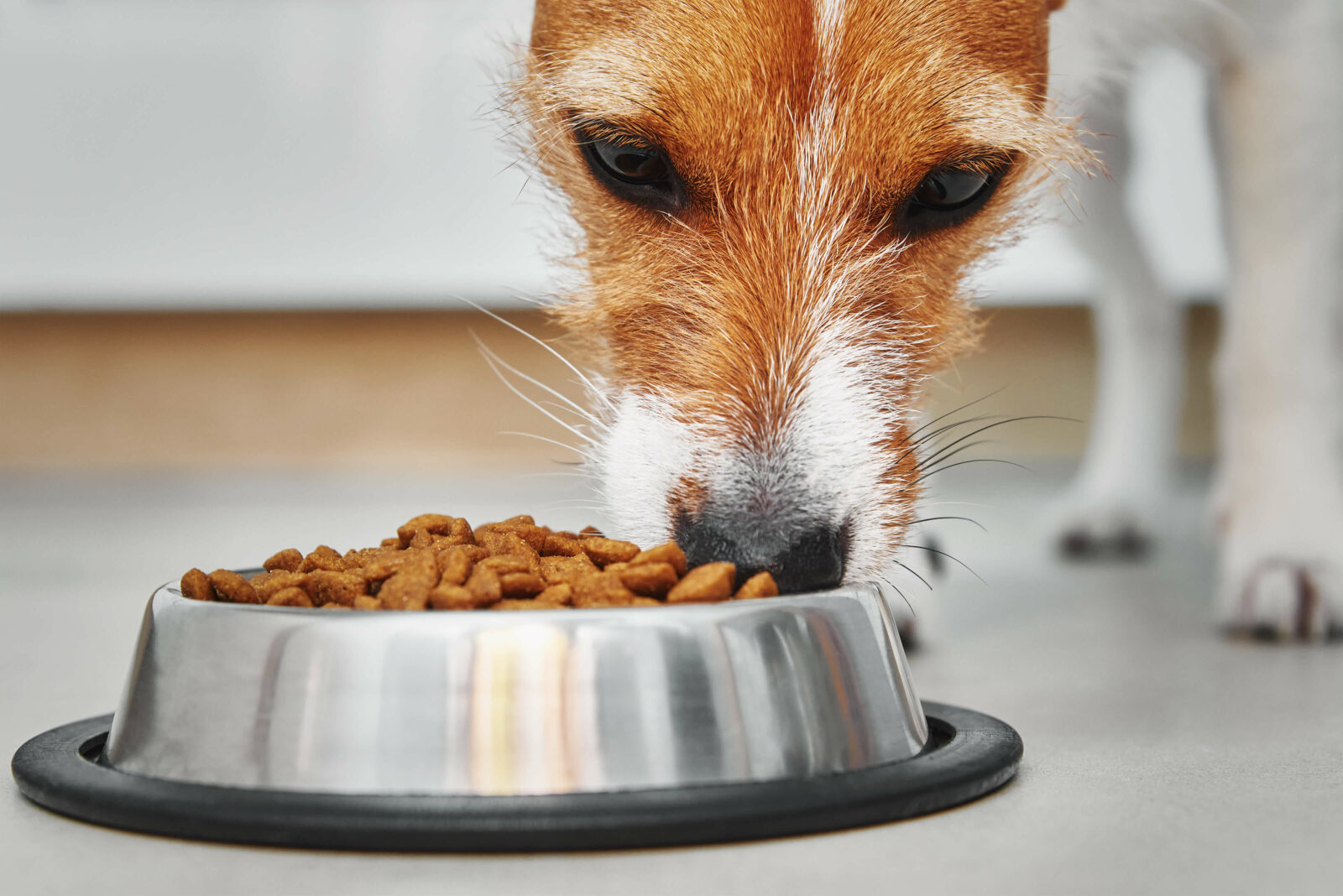Allergies, Blog, Gut health
Facts on hydrolysed (or hydrolyzed) protein diets for dogs
I’ve been meaning to write this blog for a while to clear up some of the many misconceptions about hydrolysed protein diets for dogs. There’s so much negative buzz and misinformation out there, and it really frustrates me.
Why?
Because hydrolysed protein diets can truly be lifesavers for some dogs. It saddens me see well-meaning owners get caught up in the hype and turn away from the one thing that might actually help their dog.
Sure, the ingredient list doesn’t look that appetising, and we naturally lean towards fresh foods as the best source of nutrients – and most of the time, they are. BUT always remember, there’s no benefit to fresh foods (or any food) if they’re causing your dog a problem. We need to set aside our personal preferences and biases towards certain feeding methods and prioritise the needs of the dog in front of us.
So, let’s pause and look at the facts!
The basics: What is a hydrolysed protein diet?
A hydrolysed protein diet is a type of food where the proteins are broken down into much smaller compounds, such as amino acids or small peptides, through a process called hydrolyses. This process uses water to break the proteins into less complex structures. The idea behind hydrolysing protein is that these smaller structures are no longer recognised by the immune system as a threat, so it doesn’t mount an allergic response.
From baby formula to dog food
Hydrolysed proteins aren’t a new concept. In fact, they have been around for over 50 years and were originally developed for use in baby formula, specifically to help babies who are allergic to cow’s milk protein.
More recently, hydrolysed proteins have made their way into pet food, offering significant benefits for dogs with food allergies and other dietary sensitivities.
There are several hydrolysed protein diets available on the market. Some popular options include:
- Royal Canin Anallergenic
- Royal Canin Hypoallergenic
- Hill’s Prescription Diet: z/d Food Sensitivities
- Purina Pro Plan Veterinary Diets HA
Why consider a hydrolysed protein diet for your dog?
Now that we’ve covered the basics, let’s talk about why a hydrolysed protein diet might be a good fit for your dog. There are two main reasons you might want to give it a try:
- Food allergies
- Inflammatory bowel disease (IBD).
Dealing with food allergies or IBD in dogs can be incredibly frustrating. Often, we don’t know the exact cause of the problem, which makes finding relief challenging. This is where a hydrolysed protein diet can be an incredible useful tool.
Consider this scenario: your dog has been diagnosed with an allergy, but it’s unclear whether the cause is environmental, or food related. You decide to switch your dog’s food to a different protein source, hoping for relief. If the original protein was the culprit, you might see some improvement. However, if the allergy is environmental or related to the new food, the symptoms will persist, leaving you no closer to a solution. You could continue changing your dog’s food, but this trial-and-error approach has its limits, and you may eventually run out of food options. By switching to a hydrolysed protein diet, you can fairly quickly determine if food is the problem.
The same logic applies to IBD. We know that food is often a trigger, but pinpointing the specific ingredient causing the inflammation can be difficult. A hydrolysed protein diet offers a broader coverage for triggers and is therefore more likely to reduce inflammation. As the inflammation goes down, the gastrointestinal tract begins to heal. This means your dog will be able to absorb nutrients much more effectively – many of which are key to gut health.
A hydrolysed protein diet as a temporary solution
A hydrolysed protein diet doesn’t have to be a long-term solution – think of it more as a platform that gives your dog a chance to pause, heal and feel better. Once your dog shows improvement, you can use the hydrolysed protein diet as a stop-gap measure while transitioning to a home-prepared diet.
So, how do you go about moving away from the hydrolysed protein diet?
The process can vary from dog to dog, but you’ll want to take a slow and methodical approach.
Weaning away from a hydrolysed protein diet
- Start by introducing a small amount of a new protein source to the hydrolysed protein diet. Gradually increase the amount over several days to weeks while reducing the hydrolysed diet by up to 30%
- If your dog tolerates the new protein well, continue feeding this for 6 to 8 weeks. Watch for any signs of trouble, such as itching, gastrointestinal upset, or other symptoms of allergies or IBD.
- Next, I usually suggest you add a starchy carbohydrate in the same gradual manner.
It’s a good idea to document the foods you’re introducing and how your dog responds. This helps you keep track of what works and what doesn’t. If your dog has a negative reaction, you’ll need to return to the hydrolysed diet until the symptoms have cleared, before starting again from step one.
Once you’ve identified a protein and carbohydrate that your dog tolerates well, it’s time to work with a qualified nutritionist who can add supplements and additional foods to ensure your dog’s diet is balanced and address any other concerns that might come up.
This step-by-step approach helps you to safely transition your dog to a fresh food diet while minimising the risk of a setback.
The bottom line
Hydrolysed protein diets have an important role to play, especially when used with foresight. They don’t have to be a permanent solution; instead, see them as a valuable tool to kickstart your dog’s recovery.

